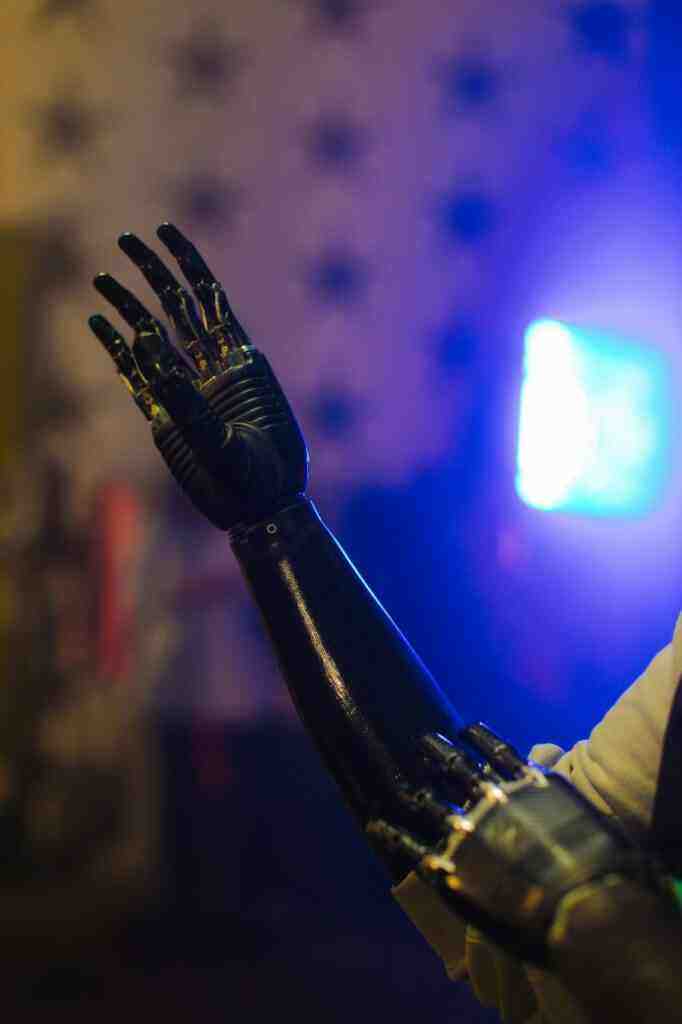The Resurgence of Humanoid Robots: A Critical Analysis and Bill Gates’ Perspective
Introduction
In a world where robots have become ubiquitous, the concept of humanoid robots—machines mirroring the form and capabilities of the human body—has captivated the imagination of scientists, engineers, and futurists alike. While debates about their practicality and potential impact have raged for decades, recent advancements by startups and established companies have propelled humanoids back into the limelight. This article delves into the resurgence of humanoid robots, exploring their advantages, challenges, and the significance of Bill Gates’ endorsement.
The Case for Humanoid Robots
Proponents of humanoid robots argue that their design aligns seamlessly with the world we have built for ourselves. They posit that since our environment is tailored to human dimensions and capabilities, it makes perfect sense to create robots that can navigate and interact with it effortlessly. Humanoid robots offer several advantages over traditional robots, including the ability to reach objects at varying heights, ascend stairs, and manipulate objects with a dexterity akin to our own.
Challenging Conventional Wisdom
The push for humanoid robots challenges the long-held belief in single-purpose robots—machines meticulously designed to perform a specific task exceptionally well. This approach, widely adopted in industrial automation, has resulted in robots assigned to repetitive tasks on assembly lines. However, humanoid robots promote a different paradigm—general-purpose robots capable of performing a wide range of tasks and adapting to new situations. This versatility could potentially revolutionize various industries, from manufacturing to healthcare.
Bill Gates’ Endorsement
In a recent development that sent ripples through the robotics community, tech mogul Bill Gates lent his support to the humanoid robotics movement. In a widely read blog post, he highlighted three companies—Agility, Apptronik, and UCLA’s RoMeLa (Robotics and Mechanisms Lab)—as cutting-edge startups pushing the boundaries of humanoid robotics. Gates acknowledged the potential of these robots to perform multiple tasks and learn new skills, making them more adaptable than traditional robots.
Apptronik: Paving the Way for General-Purpose Humanoids
Among the companies mentioned by Gates, Apptronik, an Austin-based startup, stands out for its unwavering focus on developing general-purpose humanoid robots. Their flagship product, the Apollo robot, embodies this concept. Programmed to perform a diverse range of tasks, from carrying boxes in factories to assisting with household chores, Apollo represents a significant step towards realizing the potential of humanoid robots.
Agility: Leading the Charge in Real-World Deployments
While many humanoid robotics companies are still in the research and development phase, Agility stands out for its real-world deployments. Their Digit robot has already made its mark in warehouses, including a successful pilot program at Amazon facilities. This practical experience has paved the way for Figure, another humanoid robotics company, to secure a recent deal with BMW.
Mainstream Legitimacy and the Road Ahead
While Bill Gates’ endorsement may not single-handedly sway the industry towards humanoid robots, it undoubtedly lends credibility to the form factor. The growing interest in humanoid robotics, coupled with advancements in technology, suggests that these robots are gaining mainstream legitimacy. However, significant challenges remain, including the need for improved AI, better sensors, and more efficient actuators. Overcoming these hurdles will be crucial for humanoid robots to fulfill their potential and transform industries across the board.
Conclusion
The debate surrounding humanoid robots continues to evolve, with proponents and skeptics alike engaging in lively discussions. While the path forward is not without challenges, the recent progress and support from influential figures like Bill Gates indicate that humanoid robots are poised to make a significant impact on our world. As technology continues to advance, we can anticipate further innovations and practical applications of these remarkable machines.
